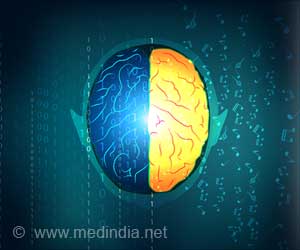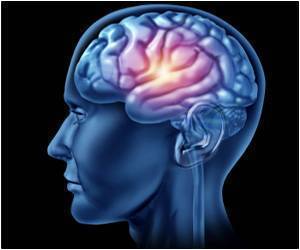Georgetown study shows the visual cortex in the blind develops unique connectivity patterns, similar to fingerprints, influencing brain development and rehab strategies.

Longitudinal stability of individual brain plasticity patterns in blindness
Go to source).
Unique Brain Connectivity in the Visually Impaired
The study highlights significant implications for our understanding of brain development and offers potential avenues for personalized rehabilitation and sight restoration. While previous research established that the visual cortex in those born blind responds to various sensory inputs, such as touch, smell, sound, and language, the lack of a unified mechanism connecting these responses has been a puzzle. This new research, led by Lenia Amaral, PhD, a postdoctoral researcher, and Ella Striem-Amit, PhD, Assistant Professor of Neuroscience at Georgetown University’s School of Medicine, suggests that these differences arise from the unique ways in which individual brains self-organize.“We don’t see this level of variation in the visual cortex connectivity among individuals who can see — the connectivity of the visual cortex is usually fairly consistent,” said Striem-Amit, who leads the Sensory and Motor Plasticity Lab at Georgetown. “The connectivity pattern in people born blind is more different across people, like an individual fingerprint, and is stable over time — so much so that the individual person can be identified from the connectivity pattern.”
Implications for Brain Plasticity and Rehabilitation
The study included a small sample of people born blind who underwent repeated functional MRI scans over two years. The researchers used a neuroimaging technique to analyze neural connectivity across the brain.“The visual cortex in people born blind showed remarkable stability in its connectivity patterns over time,” Amaral explained. “Our study found that these patterns did not change significantly based on the task at hand — whether participants were localizing sounds, identifying shapes, or simply resting. Instead, the connectivity patterns were unique to each individual and remained stable over the two-year study period.” Striem-Amit said these findings tell us how the brain develops. “Our findings suggest that experiences after birth shape the diverse ways our brains can develop, especially if growing up without sight. Brain plasticity in these cases frees the brain to develop, possibly even for different possible uses for the visual cortex among different people born blind,” Striem-Amit said.
The researchers posit that understanding each person’s individual connectivity may be important to better tailor solutions for rehabilitation and sight restoration to individuals with blindness, each based on their own individual brain connectivity pattern.
Reference:
- Longitudinal stability of individual brain plasticity patterns in blindness - (https://www.pnas.org/doi/10.1073/pnas.2320251121)
Source-Eurekalert














